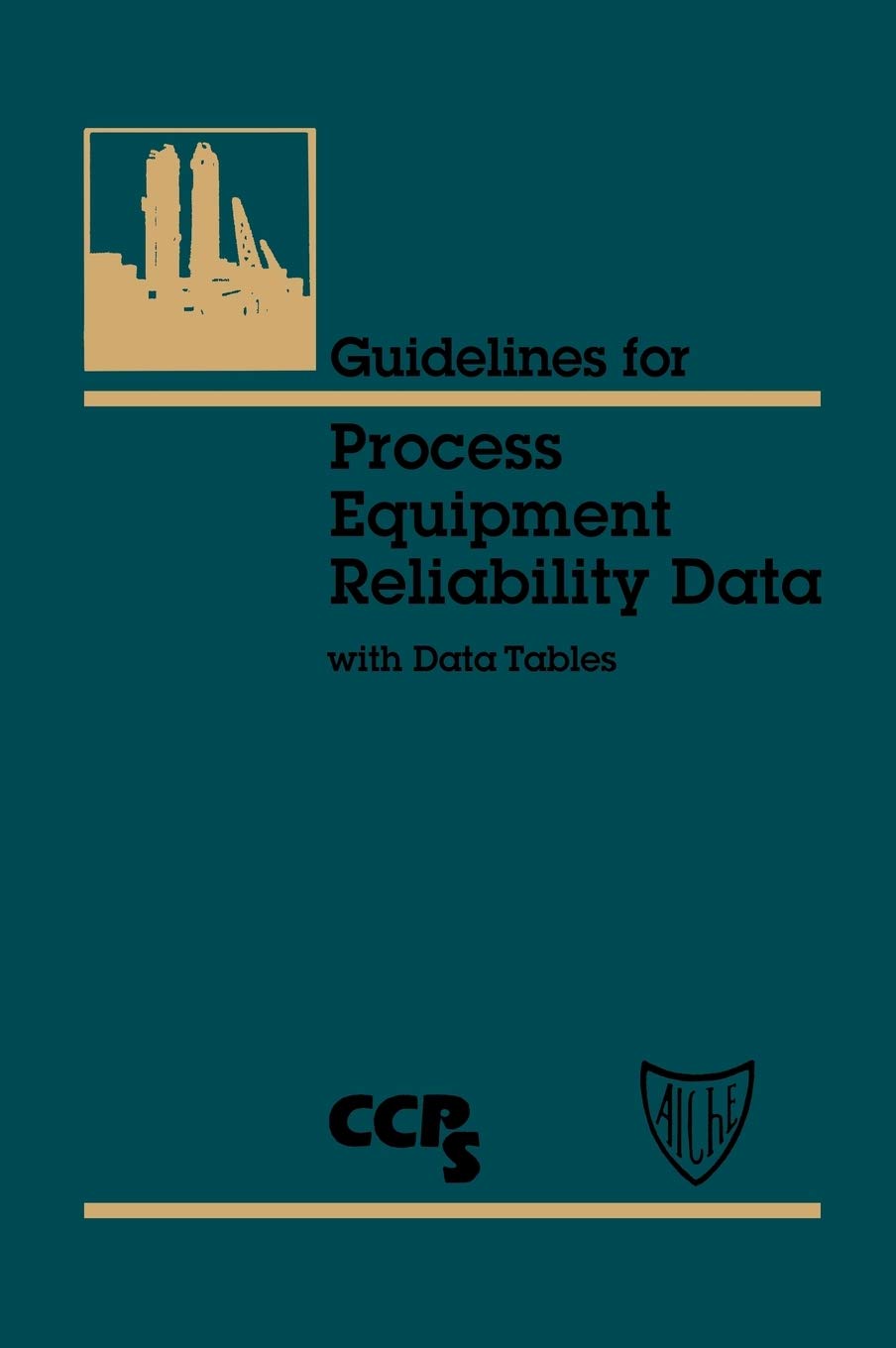In today’s fast-paced digital world, data centers play a crucial role in storing and processing vast amounts of data for businesses and organizations. As such, ensuring the reliability and efficiency of data centers is paramount to the success of any operation. One way to achieve this is through predictive maintenance.
Predictive maintenance is a proactive approach to maintenance that uses data and analytics to predict when equipment is likely to fail so that maintenance can be performed before a breakdown occurs. By implementing predictive maintenance strategies, data center operators can minimize downtime, reduce costs, and improve overall reliability.
There are several key components to ensuring data center reliability through predictive maintenance. The first step is to collect and analyze data from the various components of the data center, such as servers, cooling systems, and power distribution units. This data can provide valuable insights into the health and performance of the equipment, allowing operators to identify potential issues before they escalate.
Once the data has been collected and analyzed, predictive maintenance algorithms can be used to predict when equipment is likely to fail based on historical data and trends. By proactively scheduling maintenance based on these predictions, data center operators can prevent unplanned downtime and avoid costly repairs.
In addition to predictive maintenance, regular inspections and monitoring of equipment are essential to ensuring data center reliability. By conducting routine inspections and monitoring key performance indicators, operators can identify potential issues early on and take corrective action before a failure occurs.
Furthermore, investing in modern monitoring and management tools can help data center operators streamline maintenance processes and improve overall efficiency. These tools can provide real-time insights into the performance of equipment, alert operators to potential issues, and facilitate proactive maintenance planning.
Overall, ensuring data center reliability through predictive maintenance requires a combination of data analysis, predictive algorithms, regular inspections, and modern monitoring tools. By implementing a comprehensive predictive maintenance strategy, data center operators can minimize downtime, reduce costs, and improve the overall reliability of their operations.











